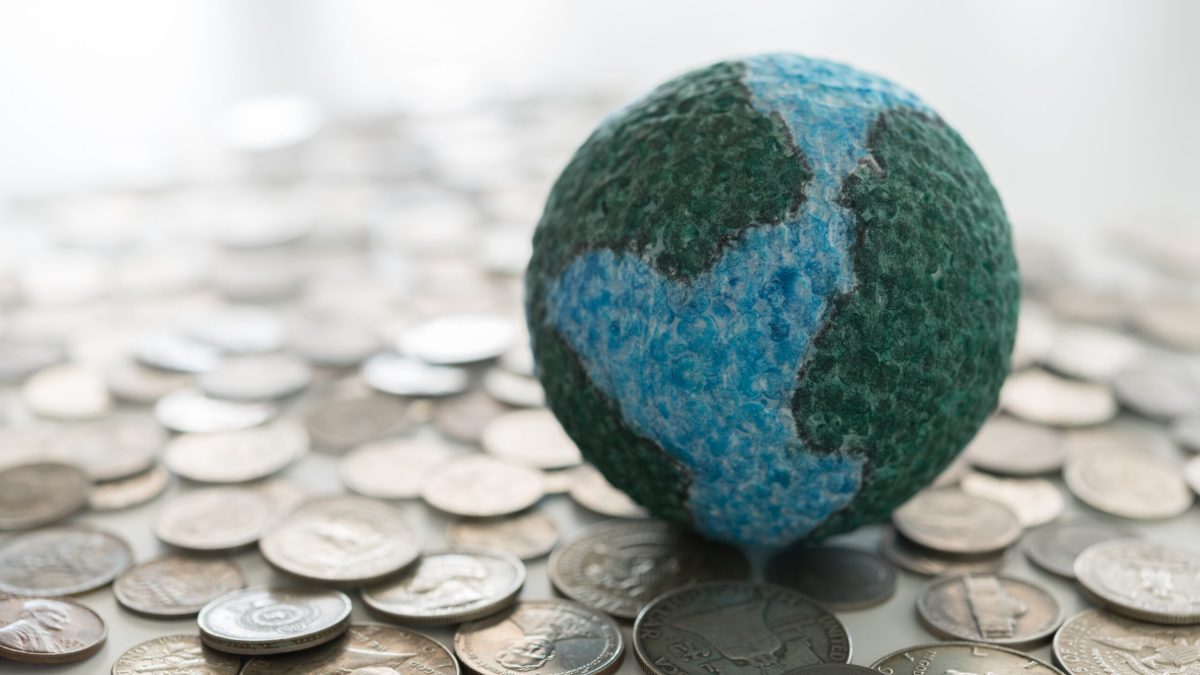The World Bank has sounded the alarm on the dire situation facing the world’s 26 poorest countries, which are currently deeper in debt than at any point since 2006.
According to the latest report, these low-income economies are more vulnerable than ever to shocks, including natural disasters, and are struggling to recover from the impact of Covid-19.
Despite global economic recovery, these nations face declining incomes and a severe lack of investment, leaving them ill-equipped to meet critical development goals by 2030.
Debt levels at a 17-year high in poorest countries
In its latest report, the World Bank revealed that per capita income in the poorest economies fell by an average of 14% between 2020 and 2024, largely due to the cascading effects of Covid-19.
While the rest of the world has rebounded, these nations continue to lag behind, with significant setbacks in job creation, education, healthcare, and basic infrastructure such as electricity and clean drinking water.
The report stressed that unless urgent steps are taken, these economies will not only struggle to meet development targets but also risk sliding further into poverty.
According to the World Bank, low-income economies will require an additional annual investment of 8% of their GDP through 2030 to meet key development goals.
This figure is double the average investment over the past decade, highlighting the scale of the crisis.
The report estimated that this translates into nearly $5 trillion in additional funding over the next six years.
However, this comes at a time when international development assistance is on the decline.
In 2022, official development assistance fell to a 21-year low of 7% of GDP.
Natural disasters hit low-income countries hardest, averaging 2% annual GDP losses
Natural disasters are taking an outsized toll on the world’s poorest economies, with losses averaging 2% of GDP each year between 2011 and 2023, the report stated.
This is five times higher than the average losses experienced by lower-middle-income countries.
The financial burden of climate adaptation is also five times greater for low-income countries, costing them an estimated 3.5% of GDP annually.
As these economies continue to bear the brunt of climate-related disasters, they are increasingly reliant on international aid to fund critical adaptation measures.
Despite the urgent need for investment, the World Bank’s report showed that net official development assistance as a percentage of GDP has dropped to its lowest level in over two decades.
With development assistance falling to 7% of GDP in 2022, low-income countries are being forced to rely on limited resources to tackle the growing crises they face.
The report called for a revitalised commitment to international cooperation, particularly through increased support for the International Development Association (IDA).
World Bank calls for urgent global support to boost development
The World Bank urged wealthier nations to step up and provide stronger support to help these economies recover.
Ayhan Kose, the Bank’s deputy chief economist, outlined several internal reforms that low-income countries could pursue, such as broadening their tax base and improving public spending efficiency.
He also stressed that these efforts alone would not be sufficient without external aid.
The report emphasised the need for greater international cooperation on trade and investment and a stronger commitment to funding IDA, which has been a lifeline for many of these struggling economies.
The post World Bank: poorest nations facing worst financial crisis since 2006 appeared first on Invezz

